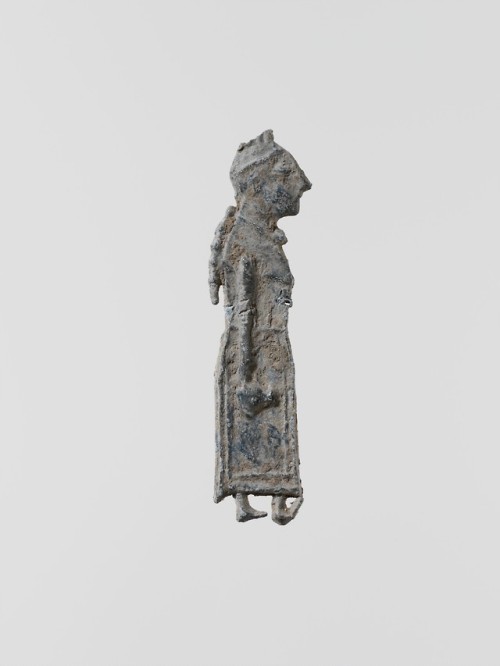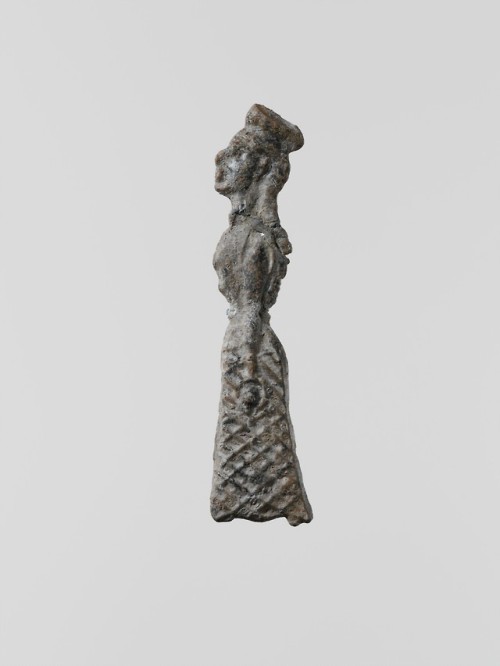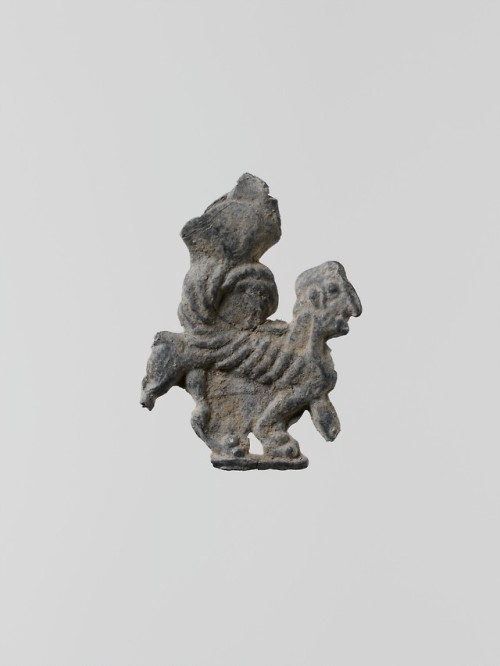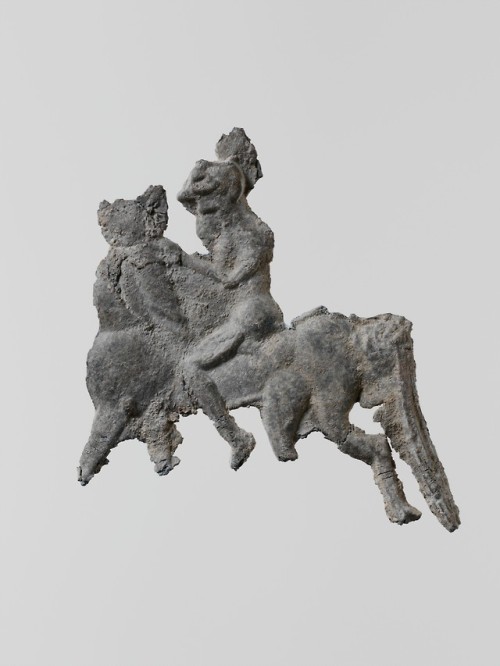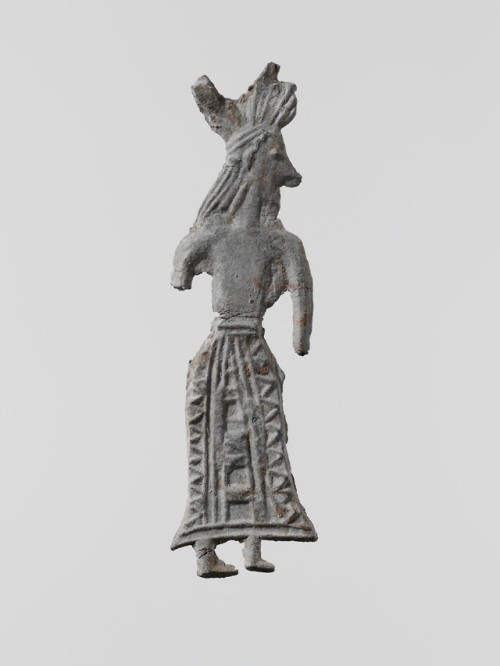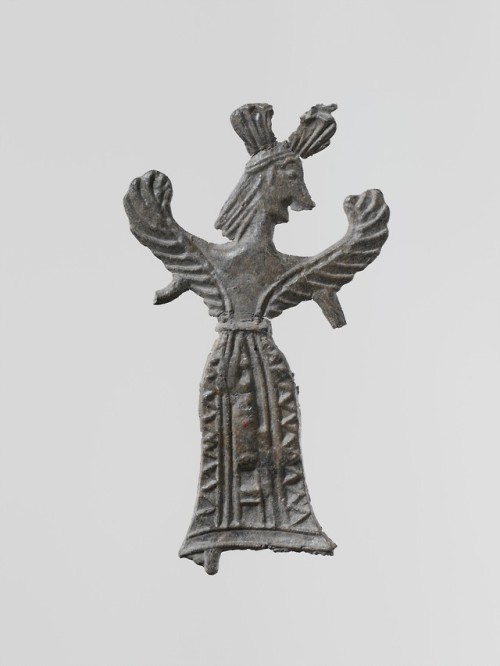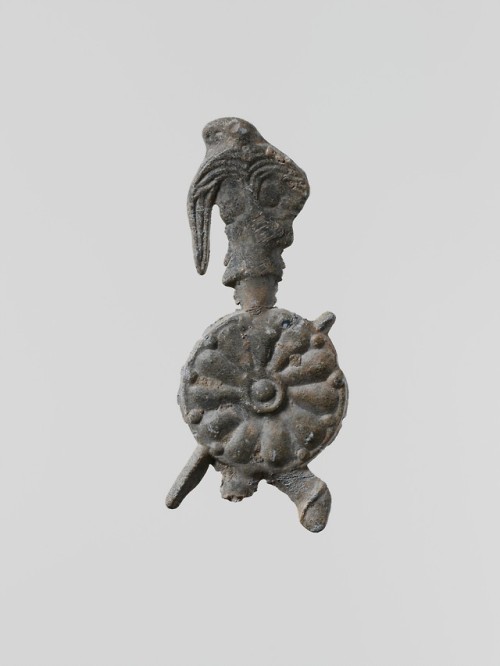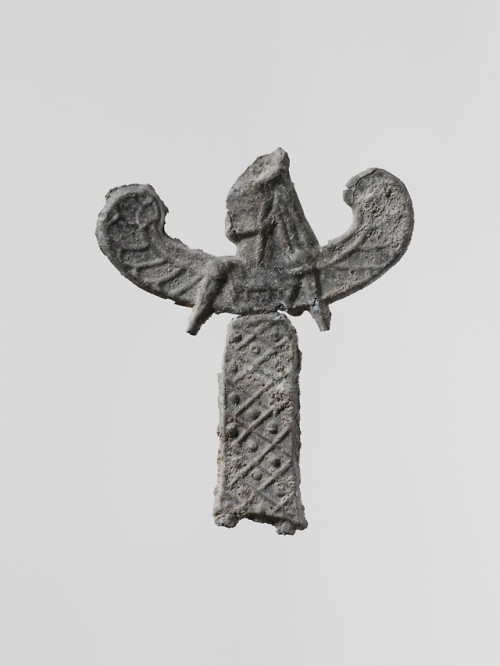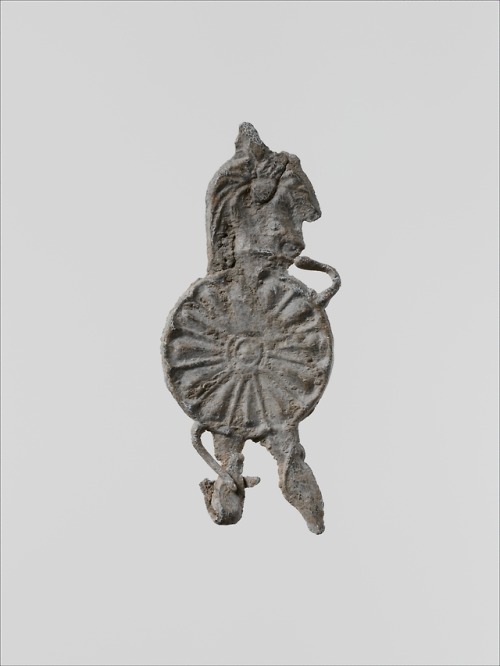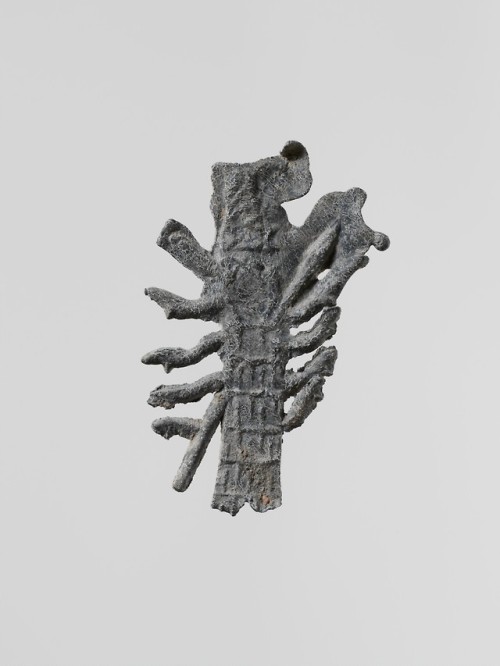hellenicdreams:So… been a while since I’ve posted to Tumblr, so here’s a bumper one!These are all sm
hellenicdreams:So… been a while since I’ve posted to Tumblr, so here’s a bumper one!These are all small lead figurines (c.2-4cm), dedicated at the Sanctuary of (Artemis) Orthia in Sparta, mainly in the sixth century, but perhaps for as long as 400 years. Over 100,000 of these votives (yes, 100,000!!!) were excavated there, and several thousands were found at the Menelaion. We can only guess how many were originally made, probably many times more!They were delicately hand made (look at all the different geometric patterns, lines and dots), and then cast in moulds, with the lead used to make them possibly coming from Athens, but maybe local sources too.Even though lead is a very soft metal, and most of the votives are a bit bent and battered, we can still get a glimpse of their original splendour.The majority of these ‘lead figurines’ as they are normally called, were wreaths, but they depicted winged goddesses, votaries, soldiers (with varied shields), animals and mythical beasts and a wide range of other types including musicians, dancers, archers, deer, snake-aegis wearing goddesses (probably Athena) and other divinities too, providing a real ‘picture-book’ of the world of the ancient Spartans.All of these examples are from @met-greekroman-art which acquired them through a gift of A. J. B. Wace in 1924. Wace’s study of the Spartan lead votives began with his co-authoring of the 1906 Sparta Museum Catalogue. He then worked at the British School of Athens excavations in Sparta between 1906 and 1910, publishing a detailed study of the lead votives from the sanctuary of Orthia in 1929. -- source link
#artemis#votive#ancient#greek#lead#figurine#sparta#ancient art#met museum
